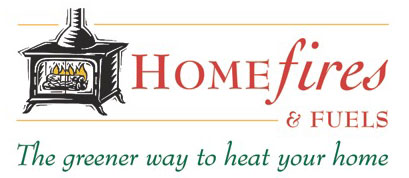Some common Chimney Sweeping problems
Common Chimney Sweeping Problems and How to Avoid Them!
Over the past few months, whilst sweeping chimneys in Marple, Stockport and surrounding areas, I have encountered a number of common chimney sweeping problems with flues and the way multifuel stoves have been fitted. I have described some of the most common problems that I experience when arriving to sweep a chimney.
No access to the flue or chimney
A very common problem when a stove has not been fitted by an experienced HETAS fitter is that there is often insufficient or no access to the chimney flue. When fitting a stove without a liner there should always be a hatch in place that allows access to the register plate above the stove to enable the removal of soot. Soot building upon the register plate can be a fire and safety hazard and can catch fire and lead to blockages. In the past month alone, I have found three examples where access to the register plate was insufficient: Chimneys in Marple, New Mills and Bramhall. If you think you may have this problem, contact a HETAS fitter.
Excessively sooty flue liner
Many customers believe that because they have a chimney liner fitted, they no longer have to arrange a regular chimney sweep. This is completely wrong! It is essential that you have a liner swept on an annual (at least) basis for the following reasons:
The liner has a life span – 25 years if it is a high-grade liner or 10-15 years if a low grade. This life span assumes that the flue is swept regularly. Without sweeping or if sweeping only every 2-3 years, the lifespan will reduce by 50% or more.
The second reason is that, unlike a big old open chimney with a sixteen-inch flue, your liner will only be 5 or 6″ in diameter. This means that soot will build up quickly and will potentially lead to a blockage or at the very least a very inefficient fire.
The third reason for a very sooty chimney is the use of poorly seasoned and damp wood as fuel. Switch to good quality kiln-dried wood from Home fires and fuels to put an end to this problem. Kiln-dried logs are usually a little more expensive but work out cheaper as there is little waste and the wood is very dry (typically less than 12% against 25%).
A gas fire with no access to the chimney
It is often a good idea to have your gas fire flue swept every few years, especially if it is placed in an open chimney as chimney deposits (masonry) can build up and potentially block the outlet. Also, where there is no bird guard and nests have formed in the flue. However, if your gas fire is a sealed unit, you will need to have this removed by a Gas Safe engineer before it can be swept. I work with a Gas Safe engineer who can coordinate this.

I come across plenty more problems when sweeping chimneys around Stockport. The most important thing that you can do if you use a solid fuel fire, Woodburning or multifuel stove or indeed a gas fire, is to arrange a regular sweep and inspection of the flue. I now arrange an alert system so that customers need not forget to organise a regular chimney sweep – apart from the obvious risks associated with not having your chimney swept, should a chimney fire occur and you have not had your chimney swept regularly, you may find that your insurance is invalidated.
